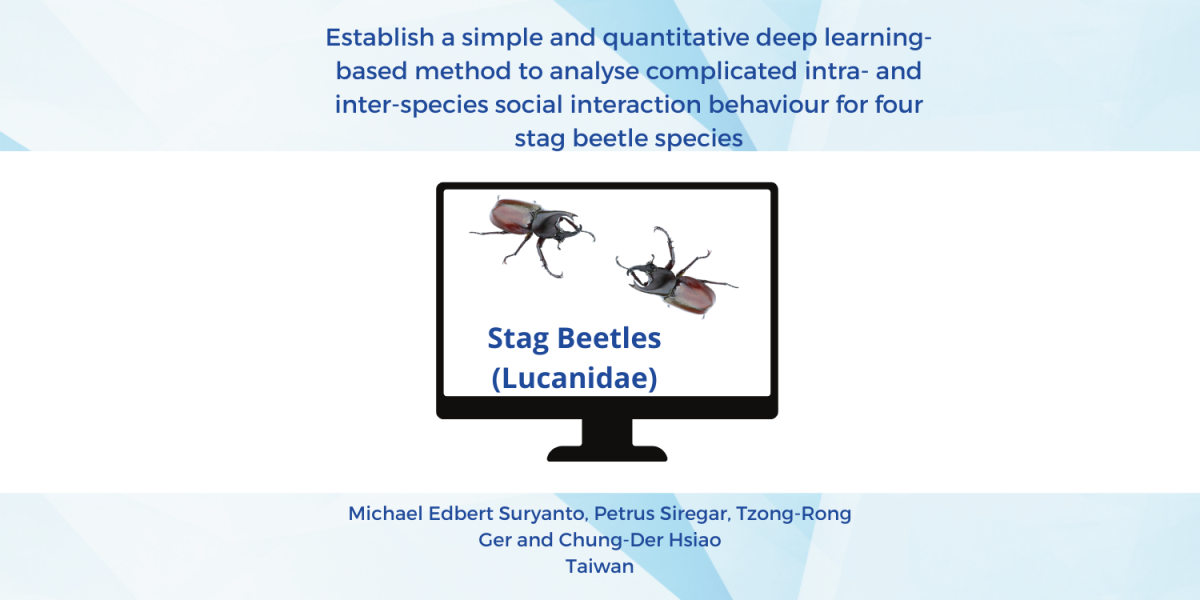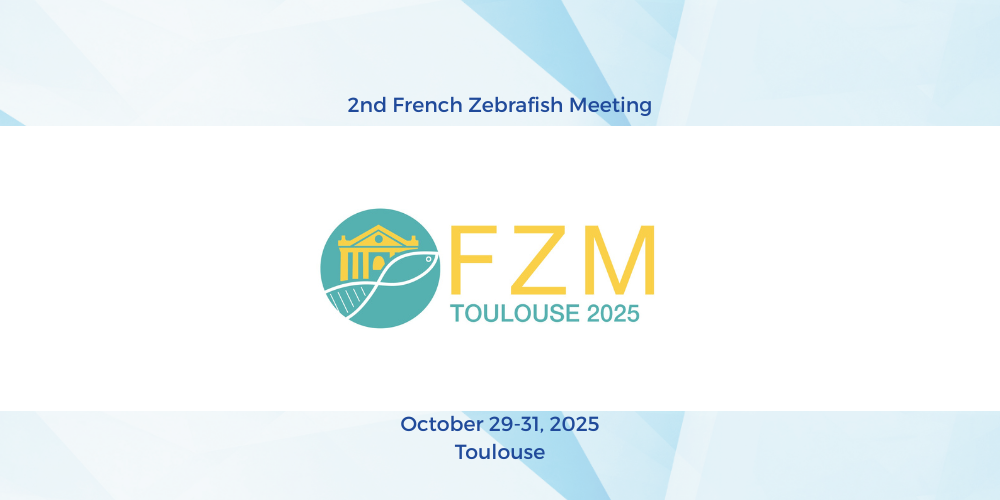This research, titled "Establishing a Simple and Quantitative Deep Learning-Based Method to Analyze Complicated Intra- and Inter-Species Social Interaction Behavior for Four Stag Beetle Species," represents a significant leap forward in our understanding of these fascinating creatures. At the heart of this study is an innovative approach that combines deep learning with advanced behavioral analysis tools, offering unprecedented insights into the world of stag beetles.
The Fascinating World of Stag Beetles
Stag beetles, known for their distinctive, often large mandibles that resemble the antlers of stags, are a group of beetles that have captivated the attention of entomologists and nature enthusiasts alike. These beetles exhibit a range of complex social behaviors, from intricate mating rituals to competitive interactions. Understanding these behaviors is not only crucial for advancing our knowledge of evolutionary biology and ecology but also for informing conservation strategies to protect these species and their habitats.
However, studying the social interactions of stag beetles presents significant challenges. The subtleties and complexities of their behaviors make traditional analysis methods inadequate. This is where the innovative work of Taiwanese researchers comes into play, offering a new lens through which to observe and understand these interactions.
Harnessing the Power of Deep Learning
Deep learning, a subset of machine learning, has emerged as a powerful tool for analyzing complex datasets. By training algorithms on vast amounts of data, researchers can develop models capable of identifying patterns and making predictions with remarkable accuracy. In the context of stag beetle research, deep learning offers a means to quantitatively assess the nuanced behaviors of these insects, both within and between species.
The Taiwanese research team (Doctors Michael Edbert Suryanto, Petrus Siregar, Tzong-Rong Ger and Chung-Der Hsiao) embarked on this study by compiling extensive datasets of stag beetle interactions. These datasets included video footage and observational data, capturing the rich tapestry of behaviors exhibited by four species of stag beetles. The researchers then employed deep learning algorithms to analyze this data, training the models to recognize and categorize different types of social interactions.
This approach not only simplifies the analysis process but also provides a level of detail and accuracy that was previously unattainable. By leveraging the power of deep learning, the researchers were able to uncover insights into the social dynamics of stag beetles, offering a deeper understanding of their evolutionary significance and ecological roles.
The Role of the ZebraBox Viewpoint
A key component of this study was the use of the ZebraBox, an advanced tool designed for high-throughput behavioral analysis of small animals. The ZebraBox is equipped with high-resolution cameras and precise environmental controls, allowing researchers to observe and record the behaviors of small organisms under controlled conditions.
In this research, the ZebraBox was instrumental in capturing detailed video footage of stag beetle interactions. The system's ability to maintain consistent environmental conditions minimized disturbances, ensuring that the observed behaviors were as natural as possible. This footage was then used to train and validate the deep learning models, providing a robust foundation for the analysis.
The integration of the ZebraBox with deep learning algorithms represents a significant advancement in behavioral analysis. This combination of cutting-edge technology and innovative methodology has the potential to revolutionize not only the study of stag beetles but also the broader field of entomology.
Implications for Conservation and Beyond
The insights gained from this study have significant implications for conservation efforts. Understanding the social behaviors of stag beetles can inform the development of strategies to protect these species and their habitats. For example, by identifying key behaviors associated with mating and competition, conservationists can design interventions to support healthy populations and promote biodiversity.
Moreover, the methods developed in this study can be applied to other fields, such as animal behavior studies and artificial intelligence research. The use of deep learning and advanced behavioral analysis tools offers a versatile and powerful approach to understanding complex systems, with potential applications ranging from ecology to robotics.
This groundbreaking research is a testament to the dedication and innovation of the Taiwanese research team. Their work is pushing the boundaries of what we know about insect social behavior, offering new insights and methodologies that have the potential to transform the field of entomology.
The contributions of these researchers extend beyond the scientific community, offering valuable knowledge and tools that can inform conservation efforts and advance our understanding of the natural world. Their work is a shining example of the power of interdisciplinary research, combining cutting-edge technology with traditional observational methods to uncover the secrets of the natural world.
Conclusion
The study of stag beetle social interactions represents a fascinating and complex challenge, one that has been met with innovation and ingenuity by Taiwanese researchers. By harnessing the power of deep learning and the ZebraBox , they have developed a method that offers unprecedented insights into the behaviors of these remarkable insects.
As we continue to explore and understand the intricate dynamics of the natural world, studies like this serve as a reminder of the importance of innovation and interdisciplinary collaboration. The work of these researchers not only advances our scientific knowledge but also paves the way for future discoveries, offering hope and inspiration for the conservation of our planet's diverse and fascinating species.
In celebrating this achievement, we look forward to the continued advancements in entomology and the broader field of behavioral analysis, driven by the relentless curiosity and dedication of researchers around the world.
Discover this amazing paper : https://royalsocietypublishing.org/doi/10.1098/rsob.250060





